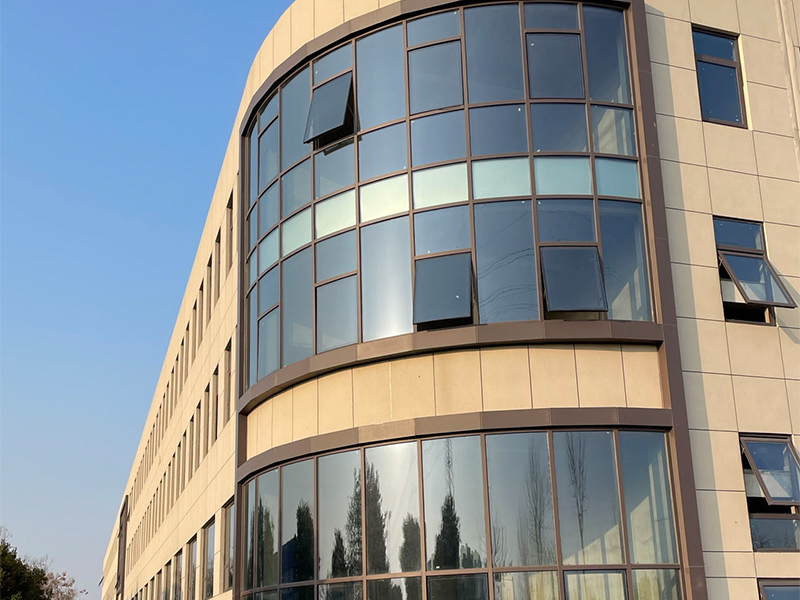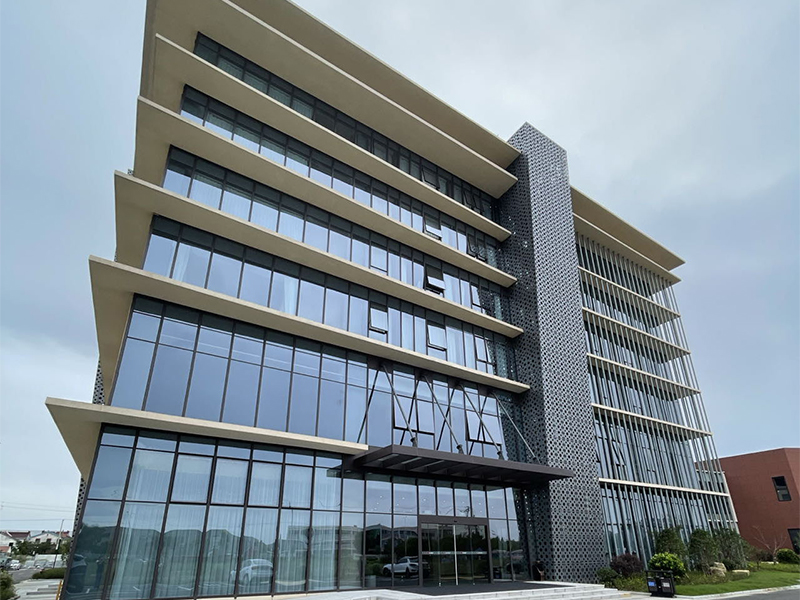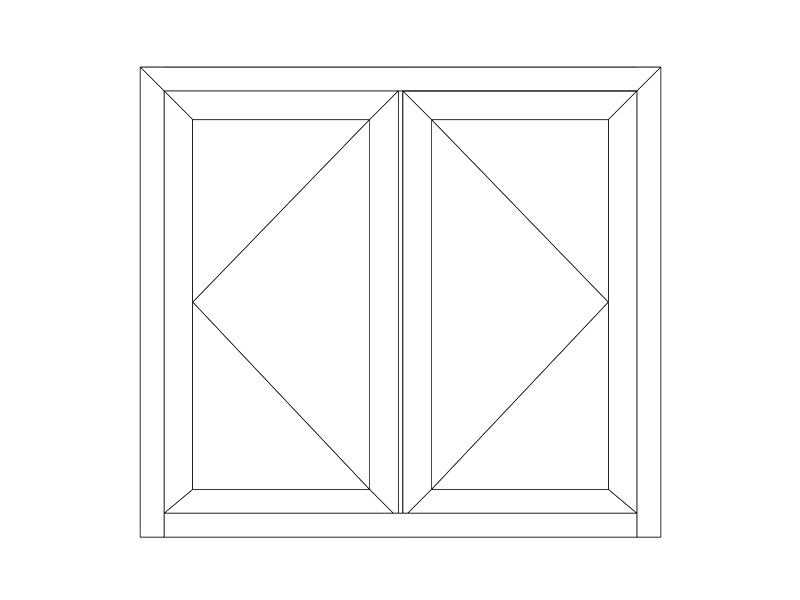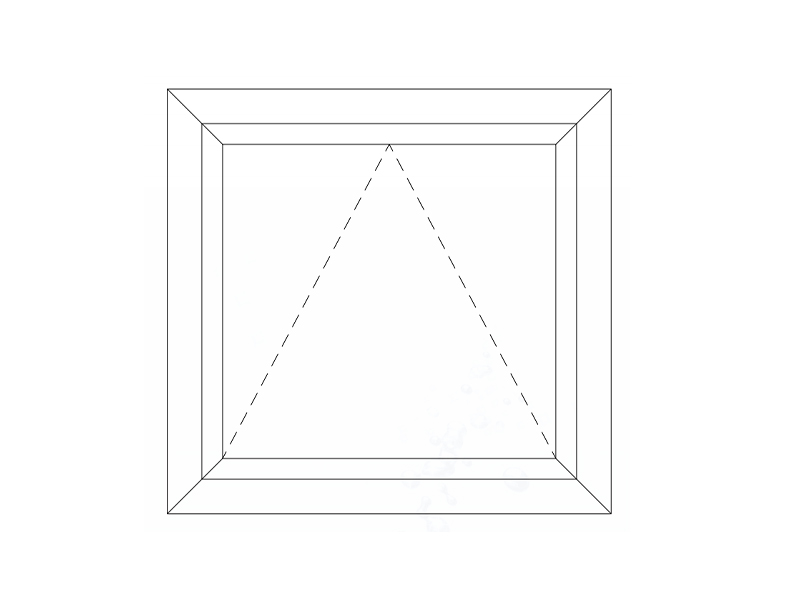Solar racking systems play a crucial role in the installation of solar panels, providing stability, adjustability, and protection for the panels. These systems are an essential component of any solar energy project, as they enable the panels to capture the amount of sunlight throughout the day. In the renewable energy market, solar racking systems set themselves apart in several ways.
Solar racking systems are designed to maximize solar panel efficiency. They are engineered to be adjustable and tilt the panels at an angle to capture the amount of sunlight. By tracking the movement of the sun throughout the day, these systems ensure that the panels are always facing the sun at a favorable angle, thus increasing energy production. This adjustability sets solar racking systems apart from fixed mounting systems, which are unable to maximize solar panel efficiency.
Another advantage of solar racking systems is their adaptability to different terrains and environments. These systems are designed to be installed on various types of ground, including flat surfaces, sloped terrains, and even bodies of water. They can also be adapted to different weather conditions, such as high winds or heavy snow loads. This adaptability makes solar racking systems versatile and suitable for a wide range of locations, including residential, commercial, and utility-scale projects. The ability to install solar panels in diverse environments sets these systems apart in the renewable energy market.
Furthermore, solar racking systems prioritize durability and longevity. They are constructed with high-quality materials, such as aluminum or steel, to withstand harsh weather conditions and resist corrosion. The panels are securely held in place, ensuring they remain fixed even in the face of strong winds or temperatures. This durability extends the lifespan of solar racking systems, making them a durable and long-term investment for solar energy projects. The emphasis on durability and longevity sets solar racking systems apart from other renewable energy technologies that may require frequent maintenance or replacement.
In addition to their technical features, solar racking systems also offer important financial benefits. Due to their efficiency and adaptability, these systems allow for a higher energy yield, a return on investment for solar energy projects. The adjustability of solar racking systems also enables the optimization of panel density, allowing for the installation of more panels in a given area. This densification increases energy production without requiring additional land, making solar racking systems more economically efficient compared to other energy generation methods. The financial advantages offered by solar racking systems contribute to their appeal and set them apart in the renewable energy market.
Moreover, solar racking systems adhere to sustainability and environmental compatibility principles. The materials used in their construction are often recyclable, reducing the environmental impact of the systems. They are also designed to minimize soil and ground disturbance during installation, allowing for land preservation and ecosystem conservation. This commitment to sustainability aligns with the goals of the renewable energy market, where environmental considerations are paramount. The integration of sustainability practices sets solar racking systems apart and positions them as a preferred choice in the renewable energy market.
In conclusion, solar racking systems stand out in the renewable energy market due to their ability to maximize solar panel efficiency, adapt to different terrains, prioritize durability, offer financial benefits, and adhere to sustainability principles. These systems play a critical role in the success of solar energy projects and contribute to the overall growth of the renewable energy market. With ongoing advancements in design and technology, solar racking systems are likely to continue setting new standards in the renewable energy industry.












